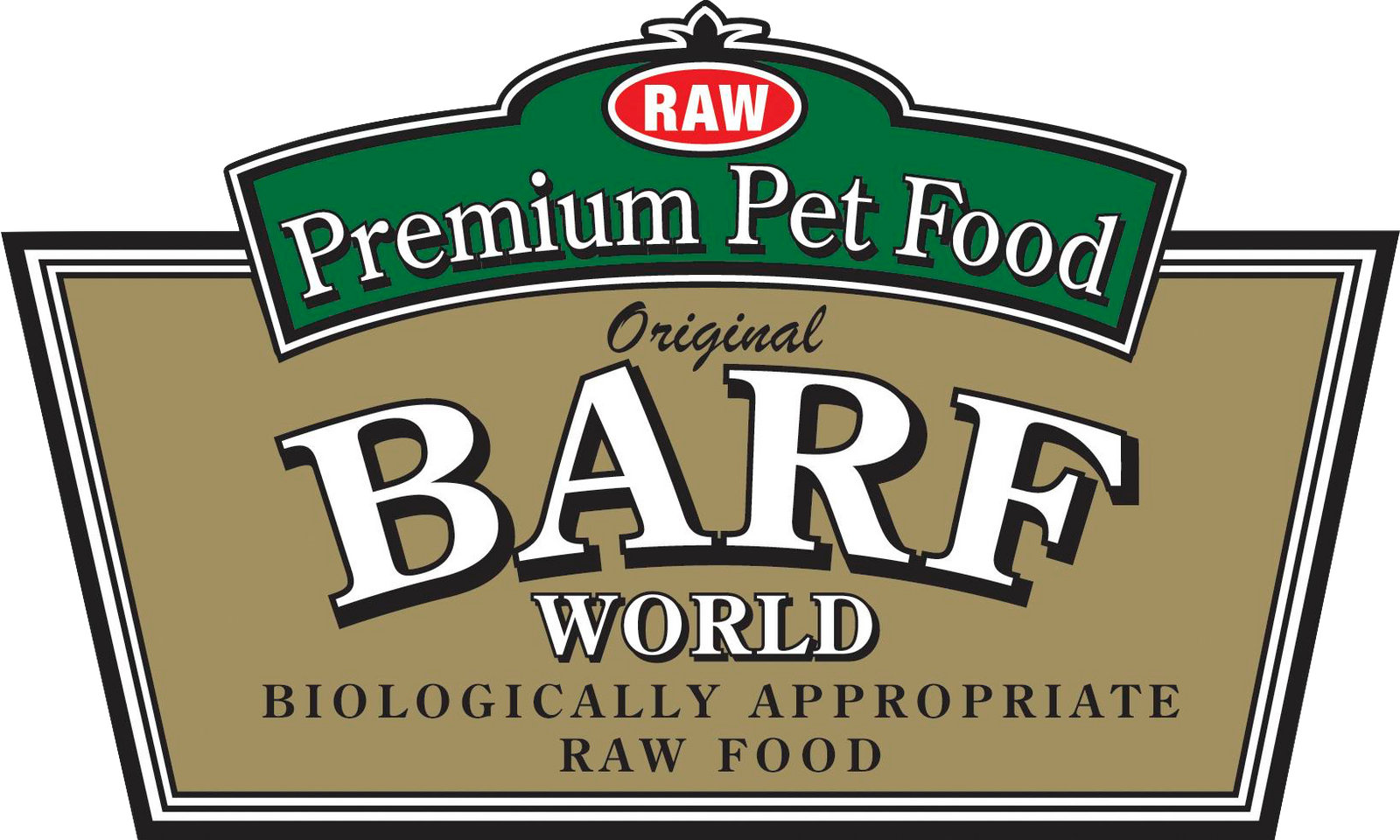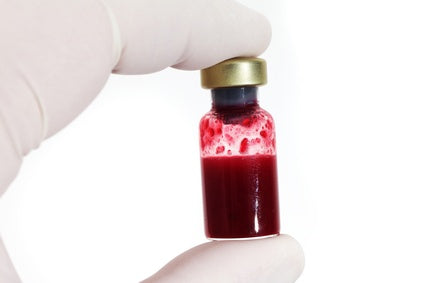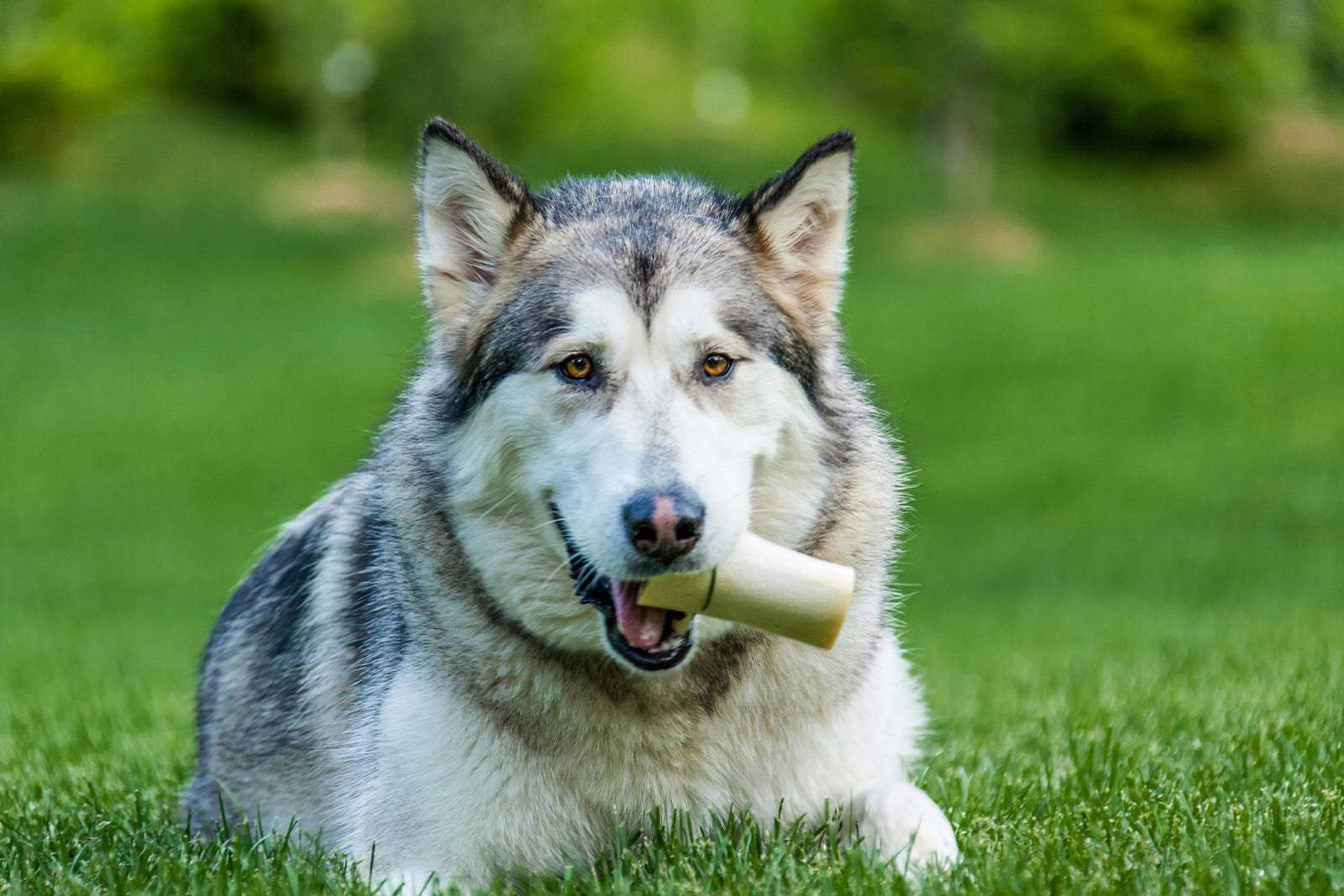Here’s something all raw feeders should be aware of as well as those of you who are new to raw feeding.
“Blood testing results from raw fed dogs will often differ from those of their kibble fed counterparts and this is something you should be prepared for if you ever need blood work done on your dog. Below is a quick summary of what blood values are typically different.
The results below are taken from a study by Dr. Jean Dodds’ Hemopet, Petlifeline, Hemolife & Nutriscan that involved over 200 dogs of various breeds fed a raw diet for a minimum of 9 months prior to collection of the blood samples. The results of the laboratory tests were compared to healthy dogs fed dry kibble diet. Most of the blood values were comparable with certain exceptions.
TEST RESULTS:
NORMAL VALUES
Hematocrit: 37 – 55%
BUN: 6 – 24mg/dL
Creatinine: 0.4 – 1.4mg/dL
RAW FED DOGS
Hematocrit: 51.0 ± 6.6 – 53.5 ± 5.6%
BUN: 18.8 ± 6.9 – 22.0 ± 8.7mg/dL
Creatinine: 1.20 ± 0.34mg/dL*
KIBBLE FED DOGS
Hematocrit: 47.6 ± 6.1%
BUN: 15.5 ± 4.7mg/dL
Creatinine: 1.07 ± 0.28mg/dL
* Results found only in dogs fed a Volhard diet





